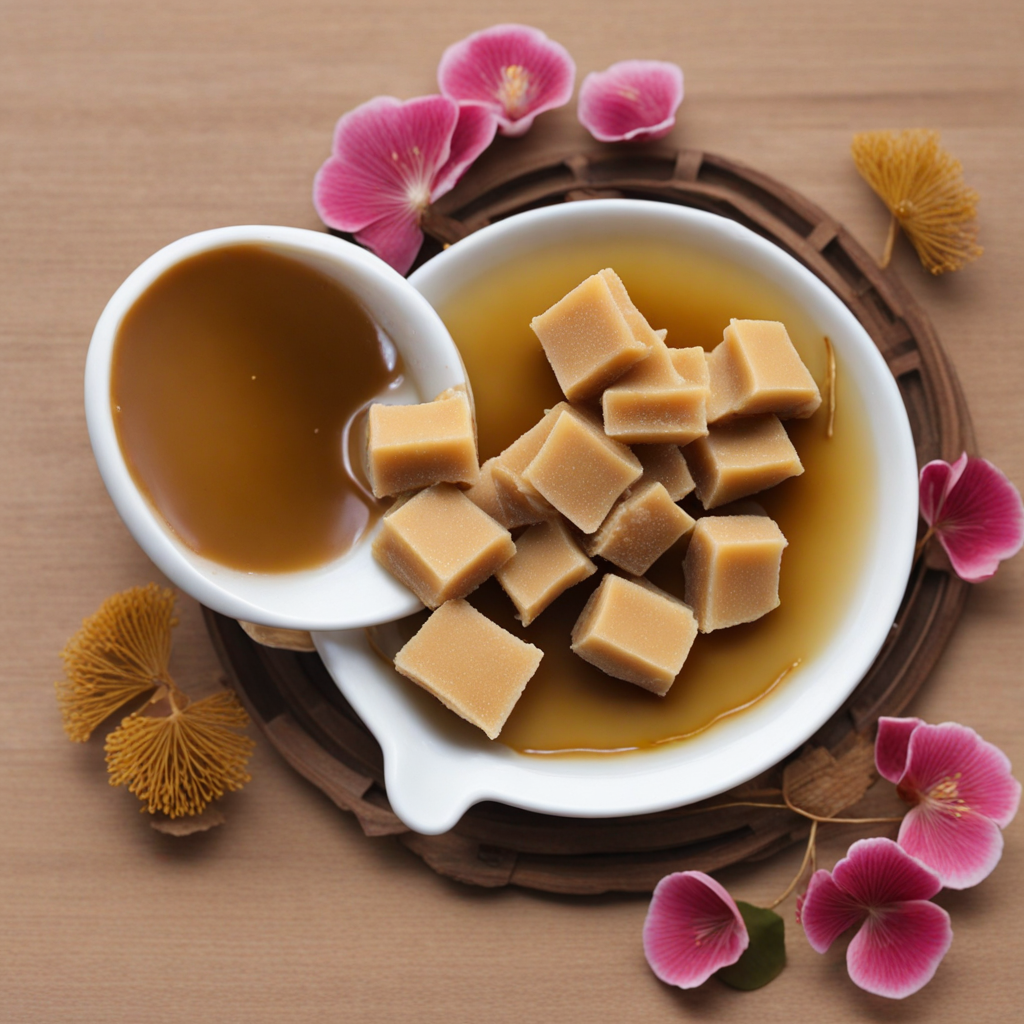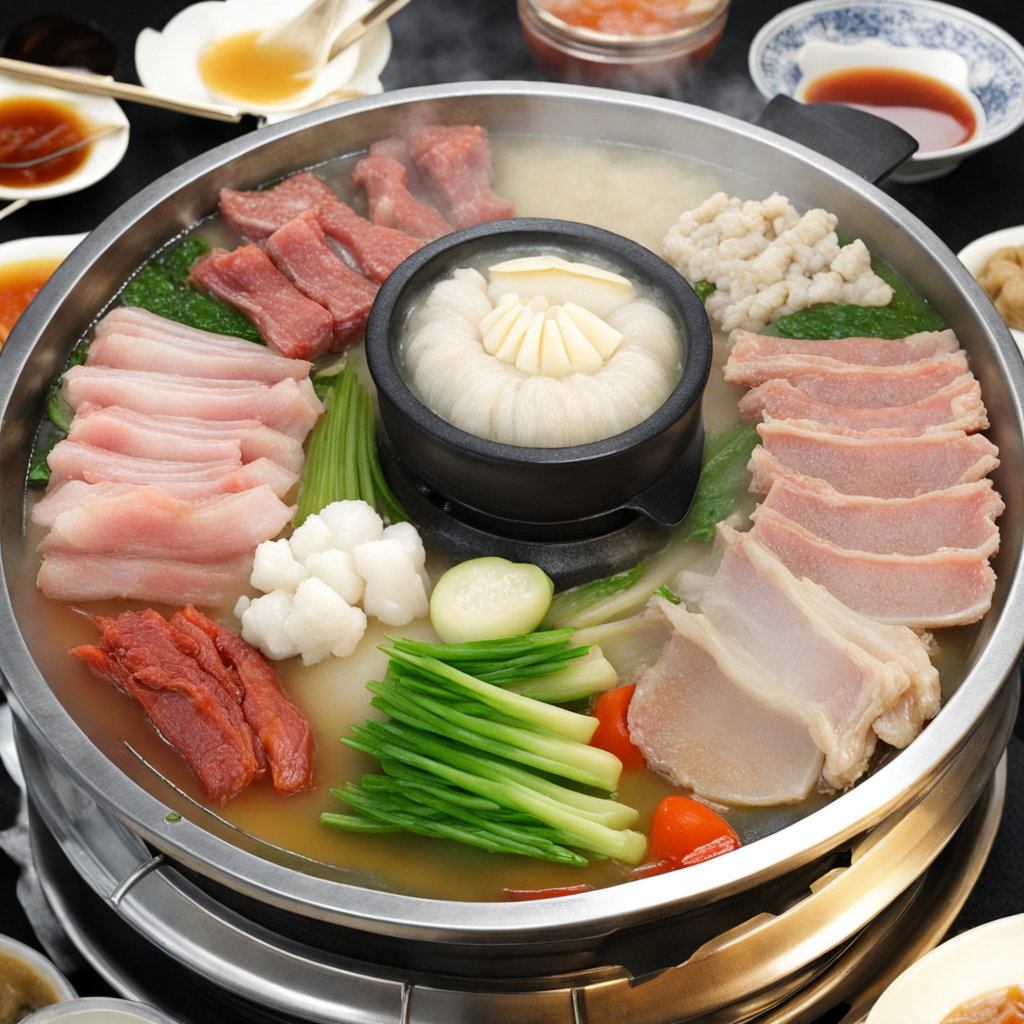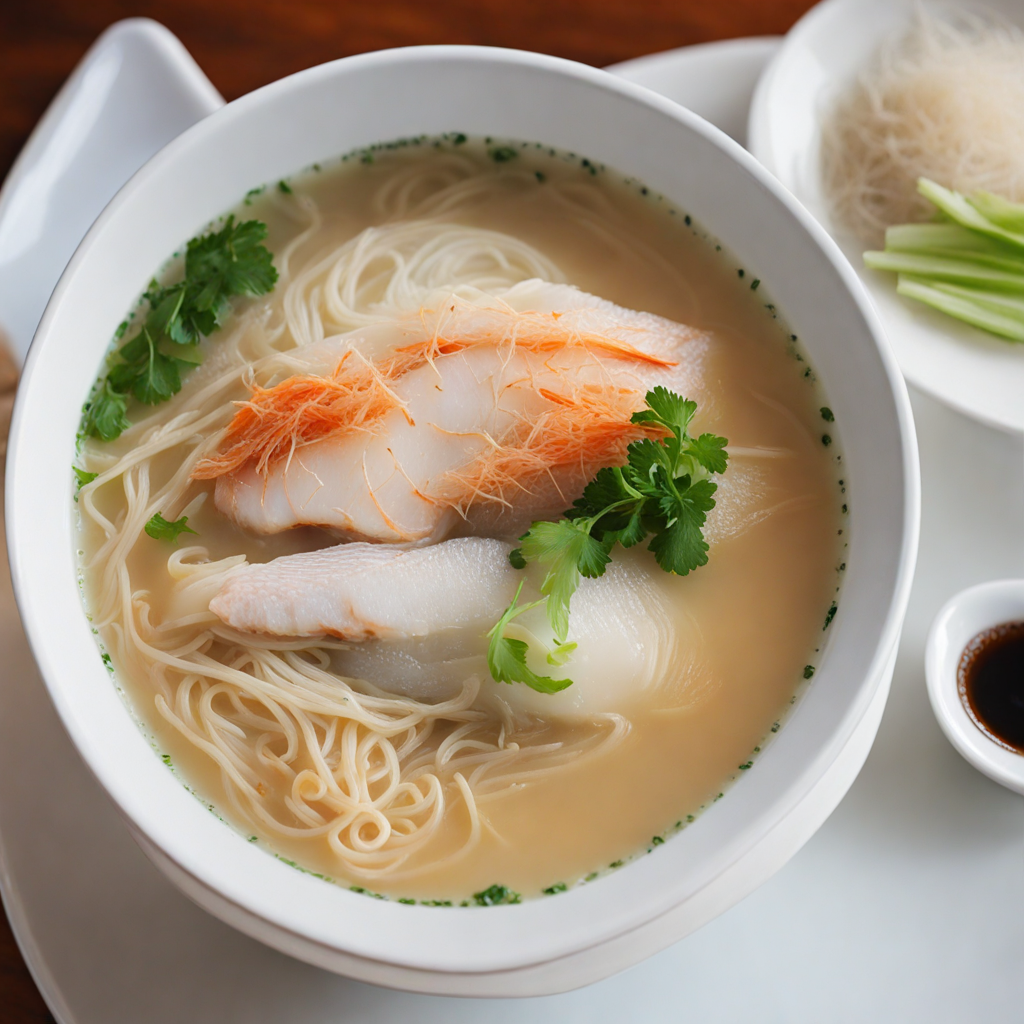Orh Nee
Orh Nee, a traditional Teochew dessert, is a delightful treat that showcases the rich culinary heritage of Singapore. At its core, Orh Nee consists of silky smooth mashed yam, often made from the purple-fleshed taro, which is steamed and then pounded until it reaches a creamy consistency. This luscious yam puree is typically sweetened with sugar and sometimes flavored with coconut milk to add a rich, velvety texture that complements the earthiness of the yam. The dish is often served warm, making it a comforting dessert that warms the soul. One of the standout features of Orh Nee is its topping, which usually consists of crispy shallots and a drizzle of fragrant coconut cream. The shallots provide a delightful crunch and a savory contrast to the sweet yam, creating a harmonious balance of flavors in every bite. Some variations may also include a sprinkle of sesame seeds, adding a nutty aroma that enhances the overall experience. The combination of textures—from the smooth yam to the crisp shallots—makes Orh Nee a multi-dimensional dessert that is both satisfying and intriguing. The presentation of Orh Nee is simple yet elegant, often served in a bowl or on a plate, allowing the vibrant purple hue of the yam to take center stage. This dessert is not only a feast for the taste buds but also a visual delight, often enjoyed during festive occasions and family gatherings. For those looking to explore new tastes, Orh Nee offers a unique blend of sweetness, creaminess, and a touch of savory that reflects the rich cultural tapestry of Singaporean cuisine.
How It Became This Dish
The History of 芋泥 (Yam Paste) in Singapore 芋泥, or yam paste, is a beloved dessert that has woven itself into the culinary fabric of Singapore, reflecting the nation's rich multicultural heritage. This sweet, smooth, and often purple-hued delicacy, made primarily from taro (also known as yam), has a fascinating history that reveals much about the evolution of food in this vibrant city-state. #### Origins: Taro and Its Cultural Roots The story of 芋泥 begins with taro, a root vegetable that has been cultivated in Southeast Asia for centuries. Its origins can be traced back to the tropical regions of Southeast Asia and the Pacific Islands, where it was domesticated and became a dietary staple. In the context of Singapore, taro's significance can be linked to the diverse communities that have settled in the region over time, each contributing their culinary traditions. The Chinese community, in particular, played a pivotal role in popularizing yam paste. Taro is an essential ingredient in various Chinese dishes, and its use in desserts can be traced back to the Qing Dynasty. The preparation of 芋泥 as a sweet dish likely emerged from the Chinese practice of transforming humble ingredients into luxurious treats. As early as the 19th century, Chinese immigrants brought their cooking techniques and flavors to Singapore, adapting them to local ingredients and tastes. #### Cultural Significance In Singapore, 芋泥 is not merely a dessert—it's a symbol of celebration and community. Traditionally, it has been served during festive occasions such as the Lunar New Year, weddings, and family gatherings. The dish embodies the themes of prosperity and togetherness, making it a popular choice for family reunions and communal feasts. The preparation of 芋泥 is often a communal activity, bringing families together in the kitchen. The process of steaming taro, mashing it into a smooth paste, and sweetening it with sugar or coconut milk creates a sense of bonding among family members. This shared experience is central to many cultural practices in Singapore, where food is a crucial aspect of social interaction. Moreover, 芋泥 has transcended its role as a dessert to become a nostalgic emblem of childhood for many Singaporeans. For those who grew up in the late 20th century, the sight and taste of yam paste evoke memories of family gatherings and festive celebrations, contributing to its enduring popularity. #### Development Over Time As Singapore underwent rapid modernization and urbanization in the late 20th and early 21st centuries, so too did the culinary landscape, including the evolution of 芋泥. Originally a labor-intensive dish, the traditional preparation of yam paste involved extensive manual labor, with families spending hours steaming, mashing, and sweetening taro. However, with the advent of modern kitchen appliances and convenience foods, the preparation of 芋泥 became more accessible. In the late 20th century, the introduction of commercialized versions of 芋泥 began to emerge. Various hawker stalls and dessert shops started offering their renditions of yam paste, often incorporating modern twists. Some vendors experimented with flavors, introducing ingredients such as coconut cream, pandan leaves, or even durian, creating diverse variations that appealed to younger generations. The fusion of traditional and contemporary elements allowed 芋泥 to remain relevant in an ever-changing culinary landscape. With the rise of social media and food blogging in the 21st century, there has been a resurgence of interest in traditional desserts like 芋泥. Food enthusiasts began sharing recipes and showcasing their creations online, reigniting a passion for this classic dish. As a result, many cafes and restaurants have started to feature yam paste on their menus, often presenting it in innovative ways, such as in parfaits or as part of elaborate dessert platters. #### Modern Interpretations and Globalization The global culinary scene has also influenced the development of 芋泥. With the advent of globalization, traditional dishes from various cultures have found their way into international markets. In Singapore, fusion cuisine has gained popularity, leading to creative interpretations of yam paste that cater to diverse palates. Chefs have experimented with different textures and presentations, incorporating elements from Western desserts, such as pairing yam paste with ice cream or using it as a filling in pastries. The versatility of 芋泥 has made it a favorite among food enthusiasts both locally and abroad. Internationally, it has begun to gain recognition, with chefs and home cooks alike exploring its unique flavor profile. As more people discover the joys of taro, the dish’s reputation continues to grow, showcasing Singapore's rich culinary heritage on a global stage. #### Conclusion: A Symbol of Culinary Heritage Today, 芋泥 remains a cherished dessert in Singapore, symbolizing both tradition and innovation. It encapsulates the essence of the nation's multicultural identity, blending Chinese culinary practices with local ingredients and contemporary influences. As Singapore continues to evolve, so too will the preparations and interpretations of yam paste, ensuring that this beloved dish remains a staple in both homes and restaurants. In a world that often seeks the new and novel, the enduring appeal of 芋泥 lies in its ability to connect generations and cultures. It serves as a reminder of the importance of food in nurturing relationships, preserving memories, and celebrating the rich tapestry of human experience. As we savor a spoonful of this sweet delight, we partake in a history that is as layered and complex as the dish itself—a testament to the culinary heritage of Singapore that continues to thrive.
You may like
Discover local flavors from Singapore







